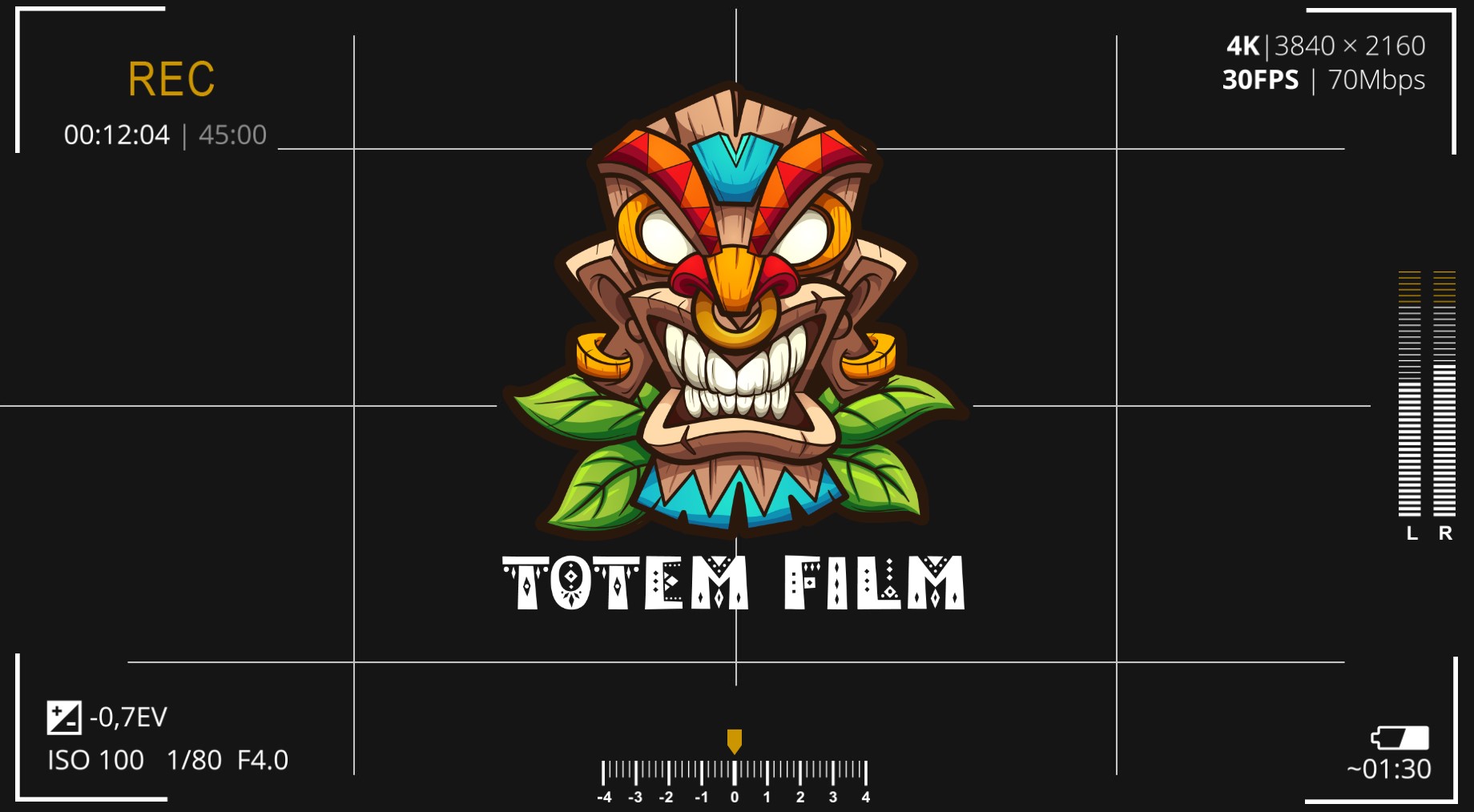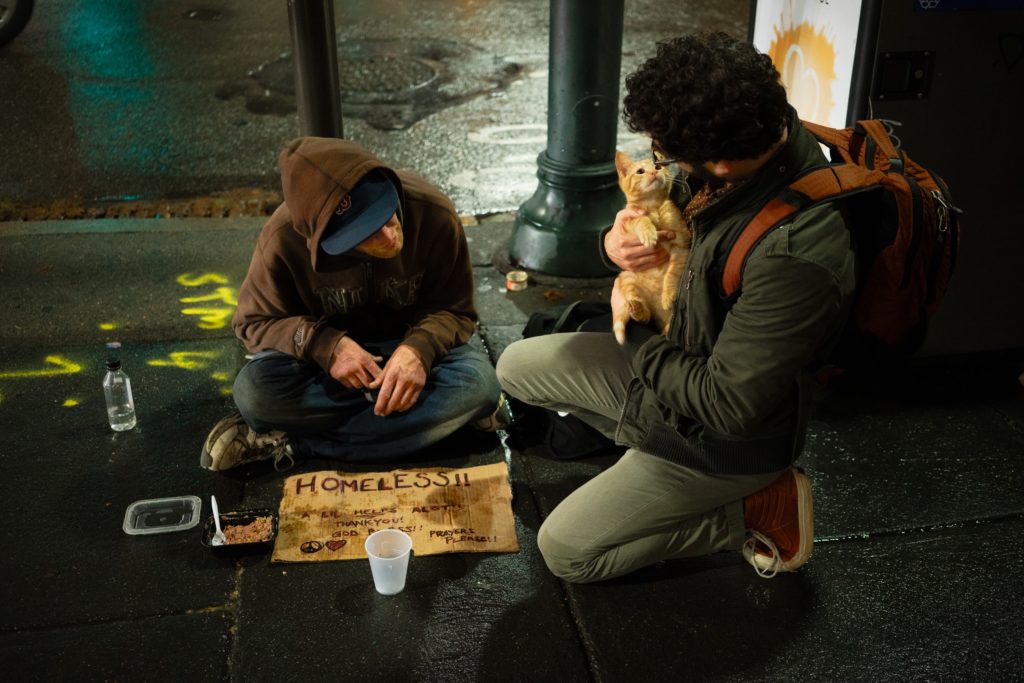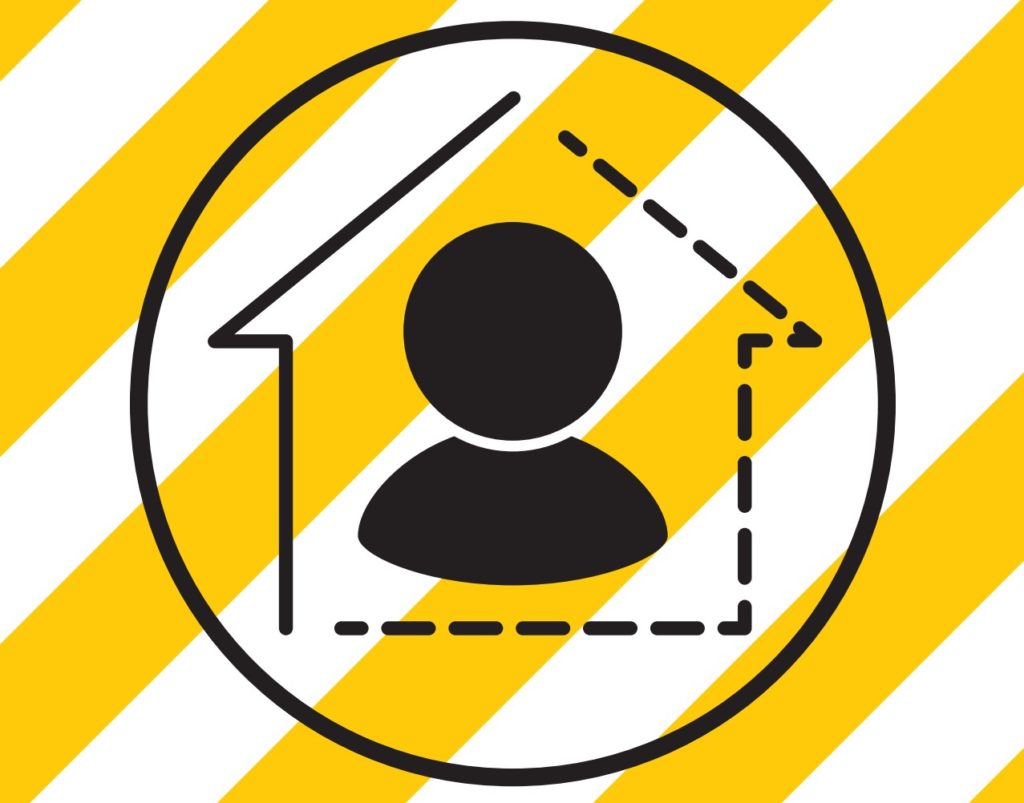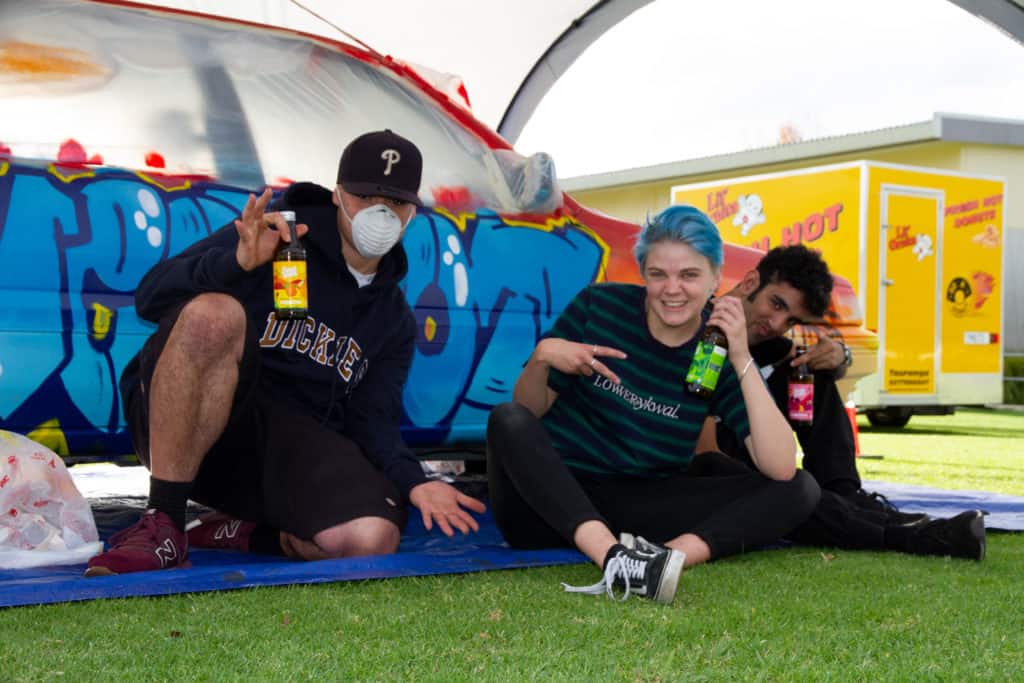Often the words collaboration, coordination, and cooperation are used to describe effective teamwork. But they are not the same, and when we use these words interchangeably, we dilute their meaning and diminish the potential for creating powerful, collaborative workplaces.
Collaboration has been a big word in the news lately, most recently due to Marissa Mayer’s explanation of her decision to bring Yahoo employees back to the office: “To become the absolute best place to work, communication and collaboration will be important, so we need to be working side-by-side.”
Mayer’s belief that we work together better when we have real relationships, and that it is easier to build relationships when you have face-to-face contact is not unfounded. Coordination and cooperation is essential for effective and efficient work accomplishment, and some research supports the notion that some face-to-face time makes a big difference.
Mayer’s decision might create better teamwork – cooperation, communication and coordination – but it won’t create collaboration unless she is intentional about creating a collaborative culture.
Definitions.
Collaboration is working together to create something new in support of a shared vision. The key points are that it is not through individual effort, something new is created, and that the glue is the shared vision.
Coordination is sharing information and resources so that each party can accomplish their part in support of a mutual objective. It is about teamwork in implementation. Not creating something new.
Cooperation is important in networks where individuals exchange relevant information and resources in support of each other’s goals, rather than a shared goal. Something new may be achieved as a result, but it arises from the individual, not from a collective team effort.
All three of these are important. All three are aspects of teamwork. But they are not the same!
We can find examples of effective teamwork in all types of environments – sports, military, and even historically in politics (e.g. Abraham Lincoln’s cabinet). All high performance teams have common characteristics. But depending on their purpose and intent, they might rely more on coordination or cooperation than on collaboration.
When is Collaboration Important?
In a network environment, where there is not interdependence, collaboration is not essential to the creative process. Through cooperative sharing of information and resources, creativity emerges through individuals and is hopefully recognized and supported.
However in an interdependent organization, collaboration is the bedrock of creative solutions and innovation.
If Yahoo is to reinvent itself, collaboration will be essential.
Collaboration Will Not Occur By Decree.
Can collaboration occur at a distance? Absolutely, IF (and this is a big IF) leaders are intentional about building collaborative environments, model collaborative leadership practices, and create opportunities to bring people together for occasional face-to-face conversations.
Collaborative leadership is based on respect, trust and the wise use of power. Leaders must be willing to let go of control. Collaboration does not naturally occur in traditional top-down, control-oriented hierarchical environments.
People need the freedom to exercise their own judgment. There has to be room for experimentation, failure and learning from mistakes. And there needs to be an opportunity for people to think together, valuing each other’s perspective and contributions, in order for creative new ideas to emerge.
Article Source: https://seapointcenter.com/cooperation-teamwork-and-collaboration/














